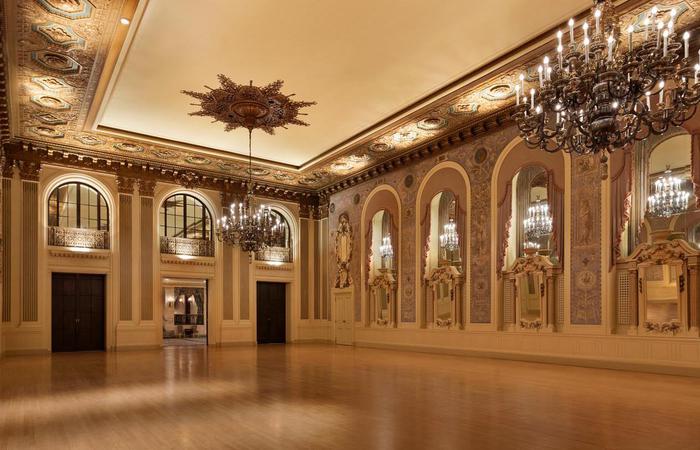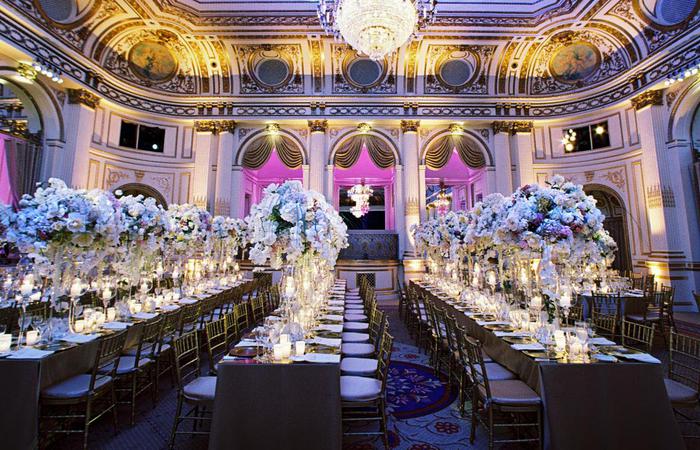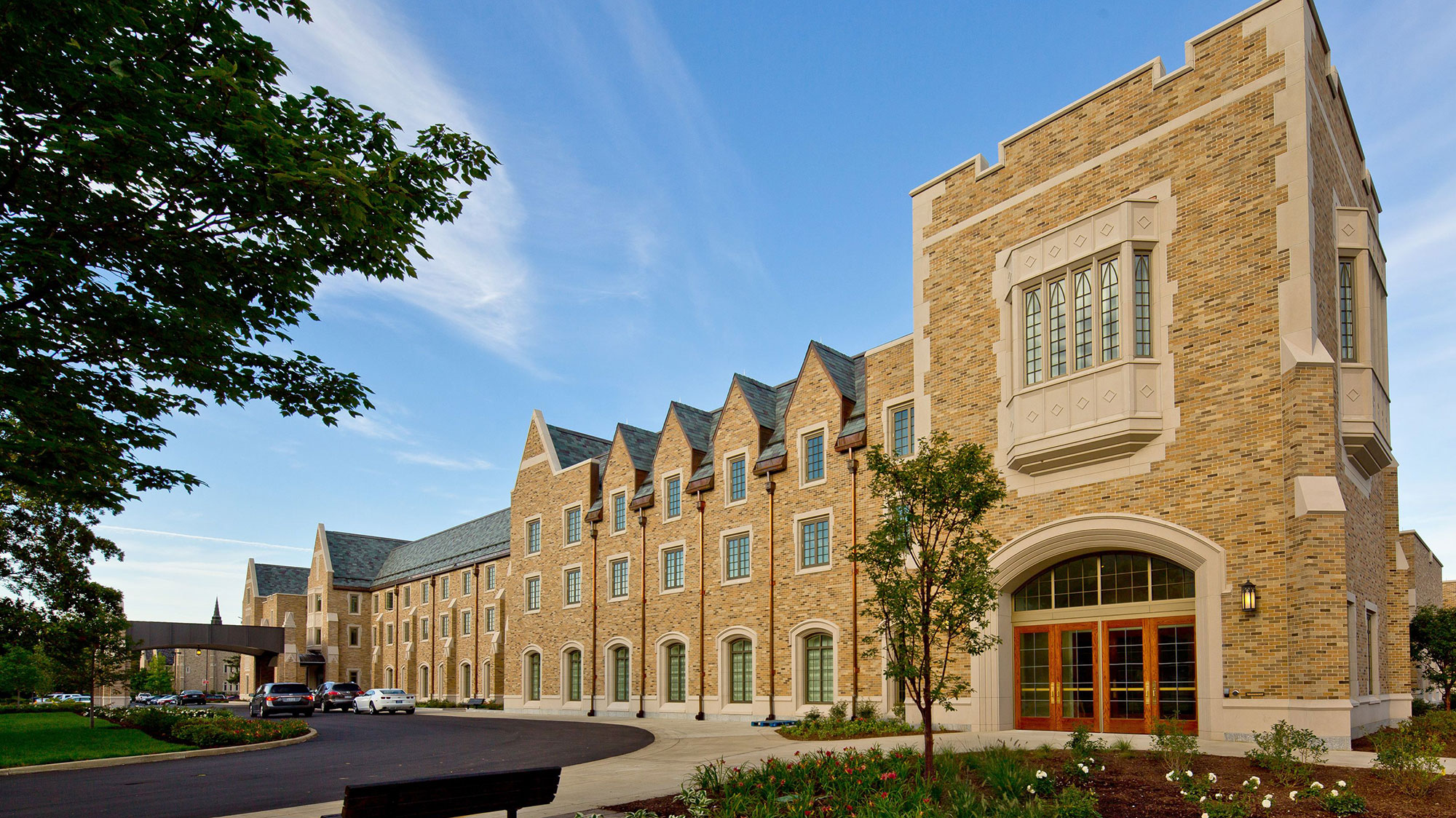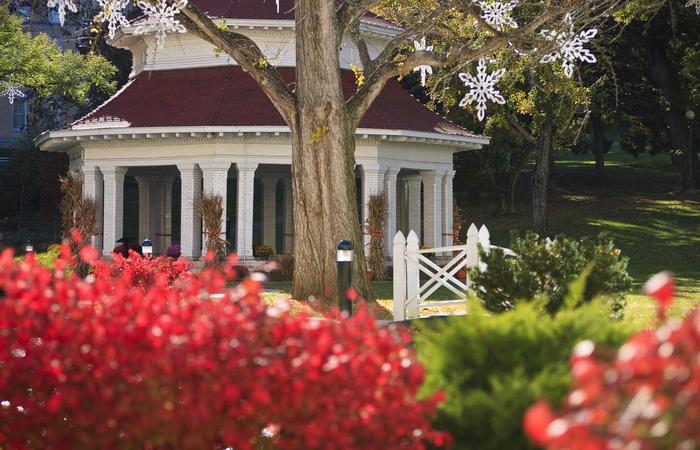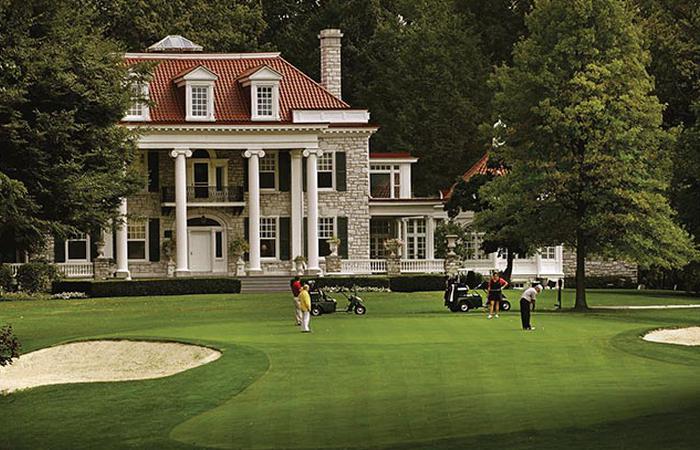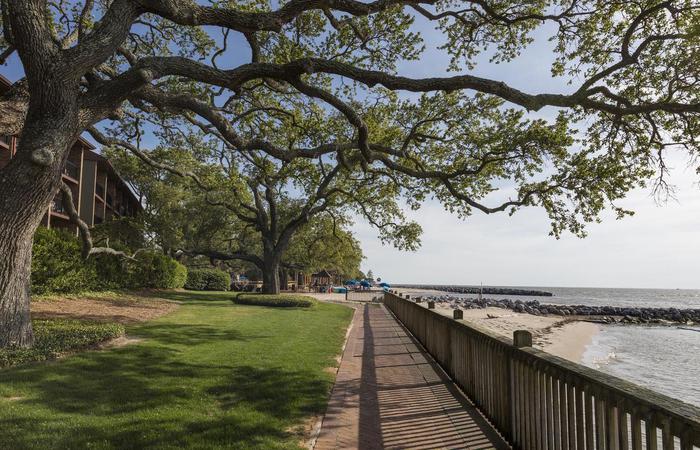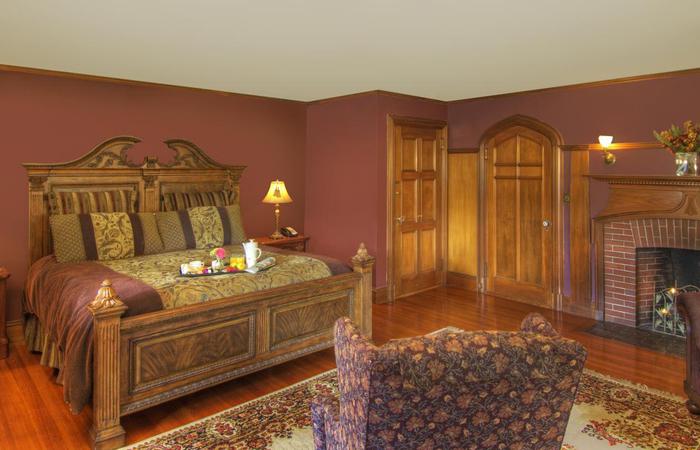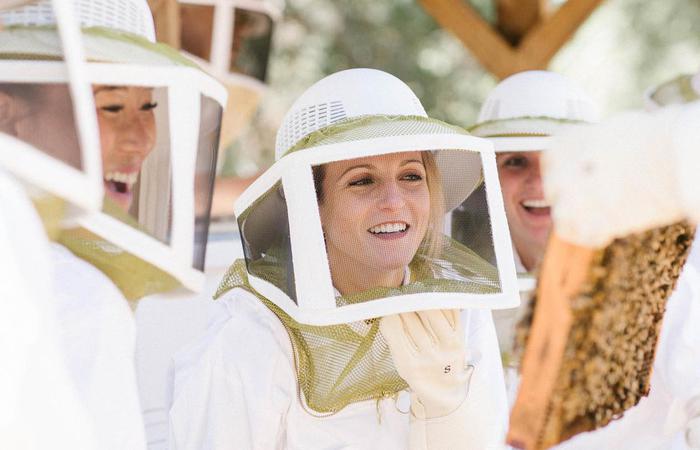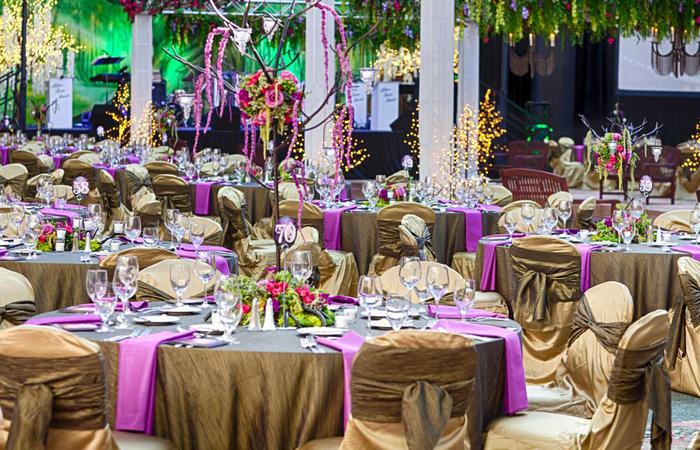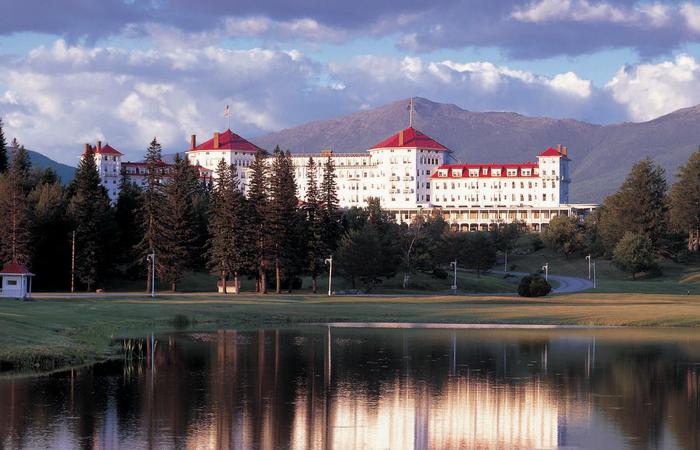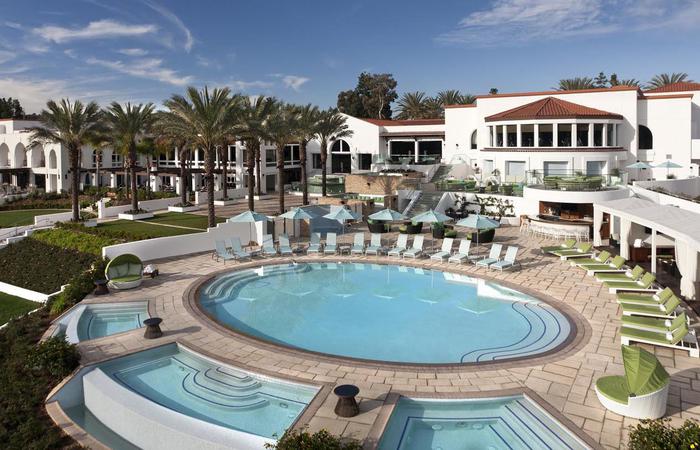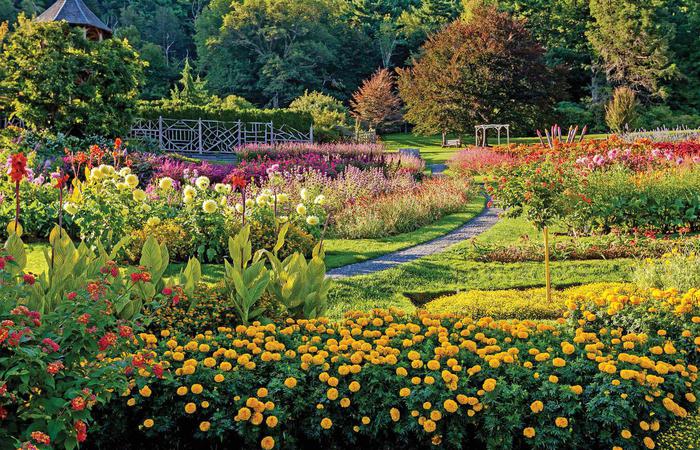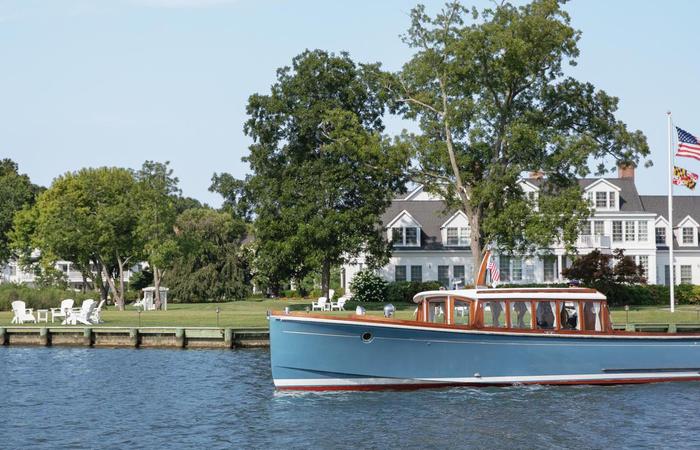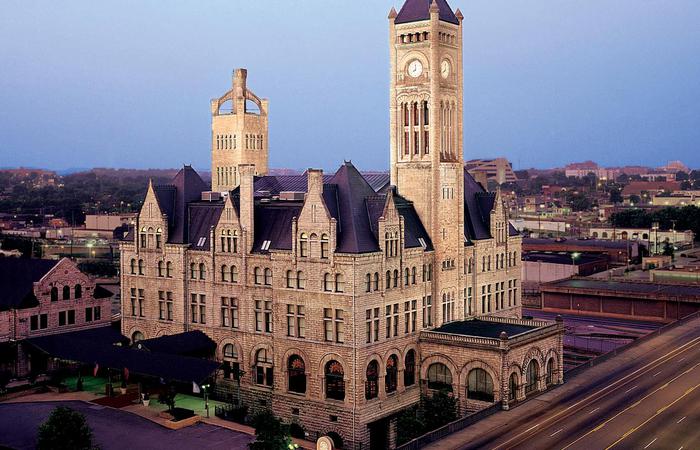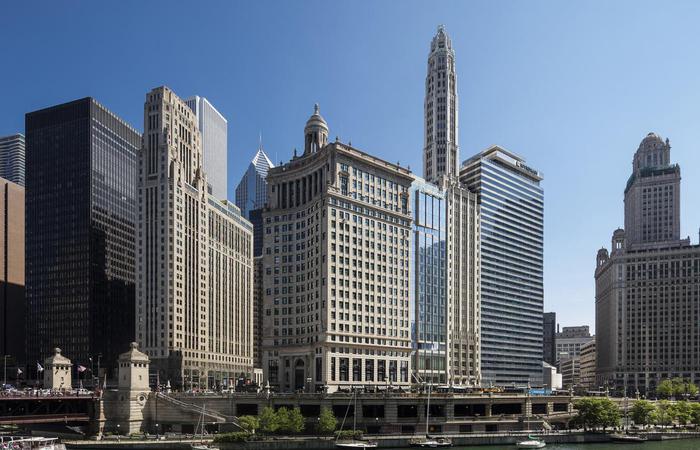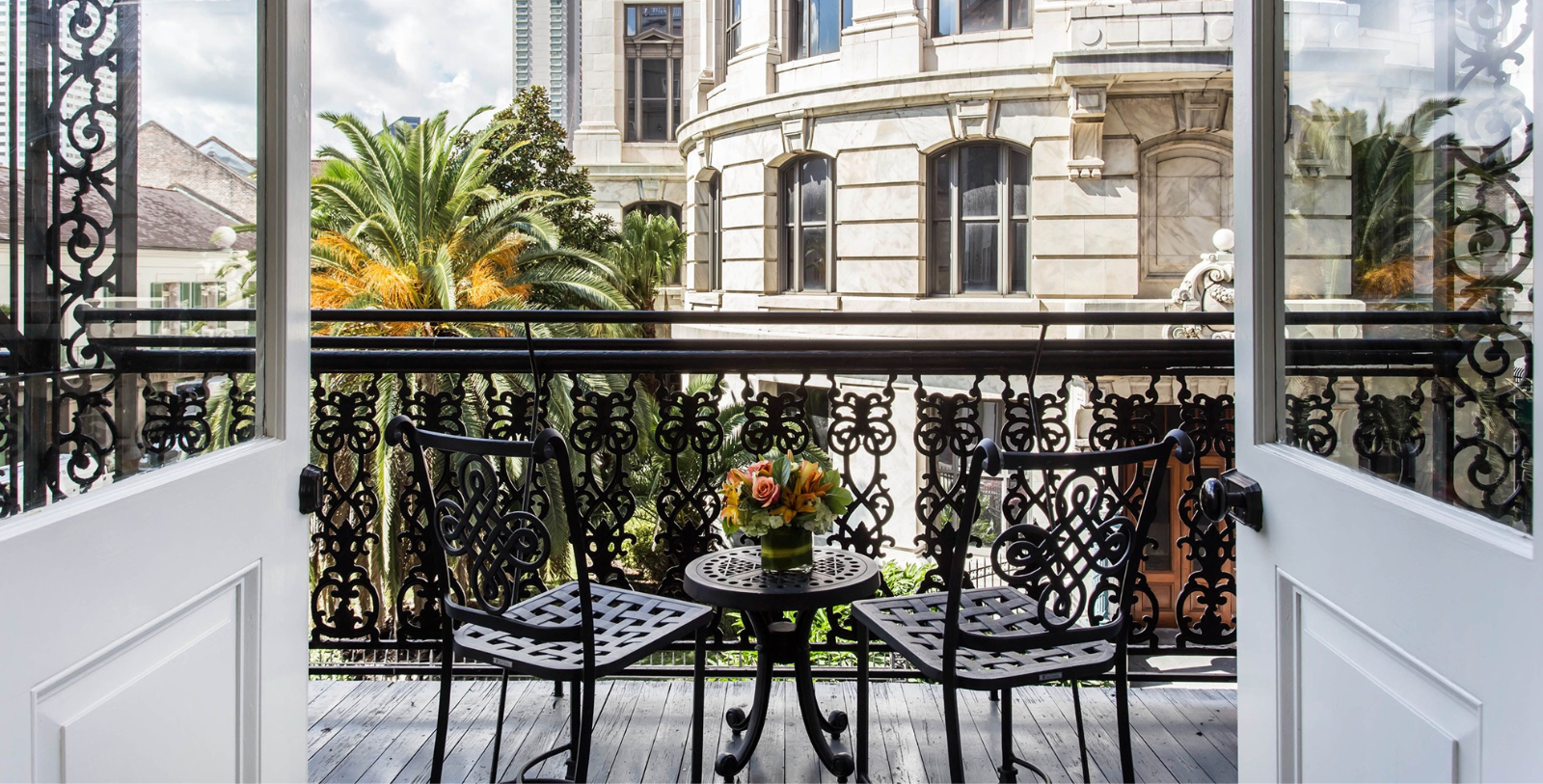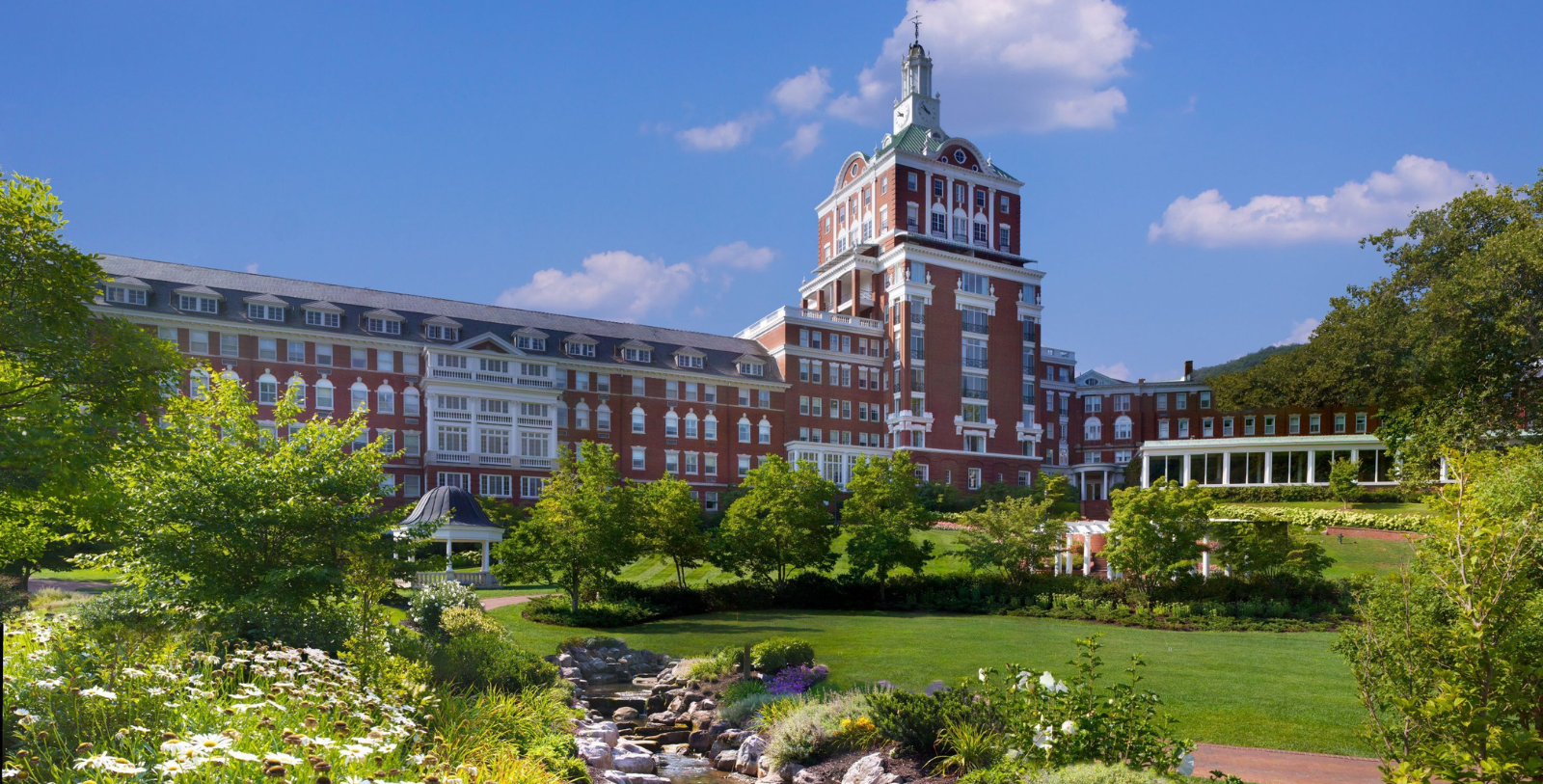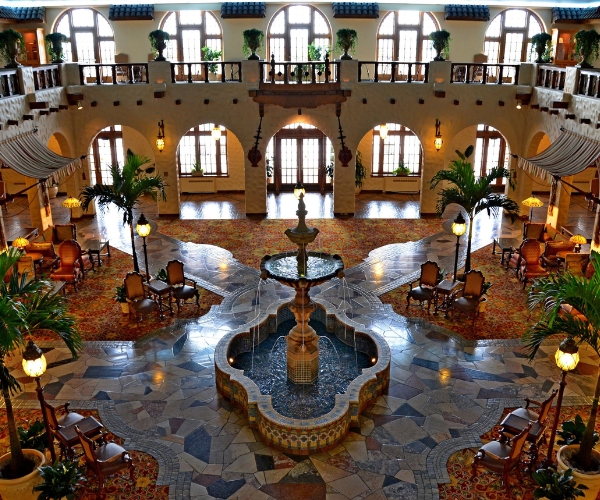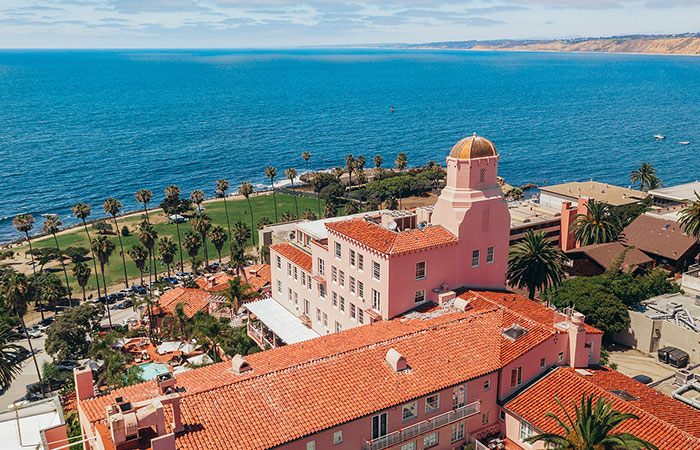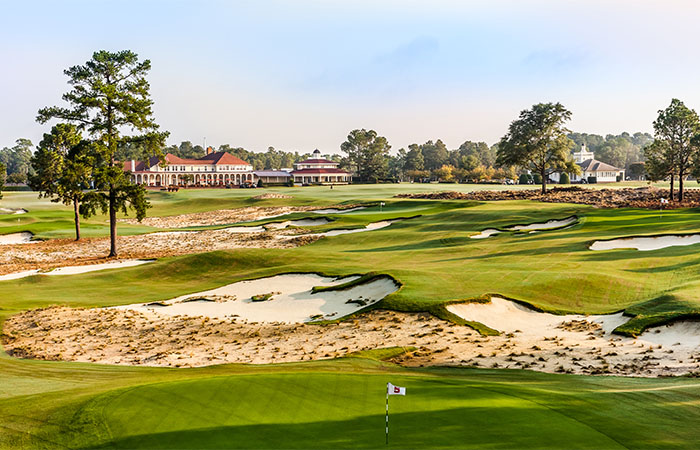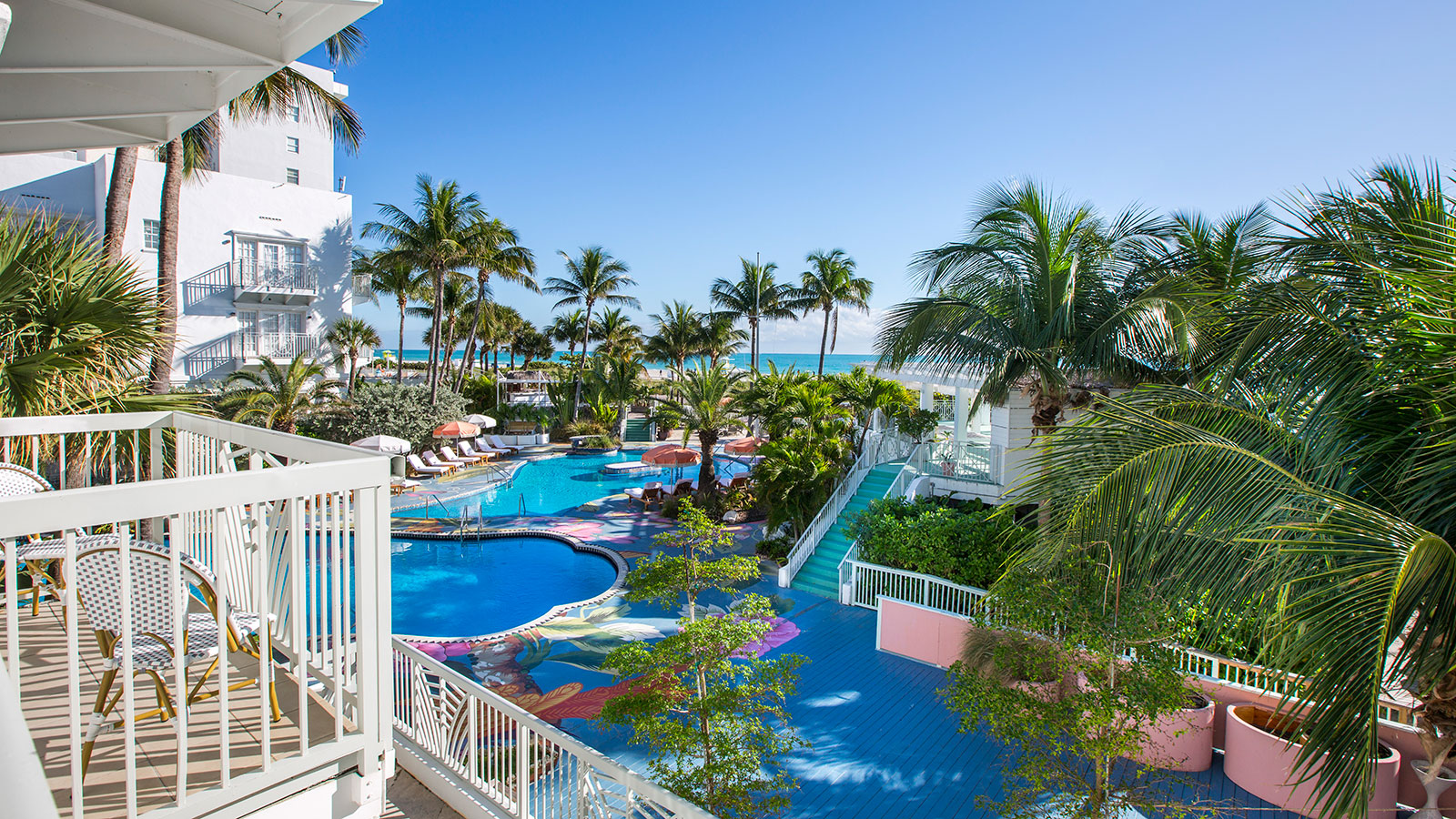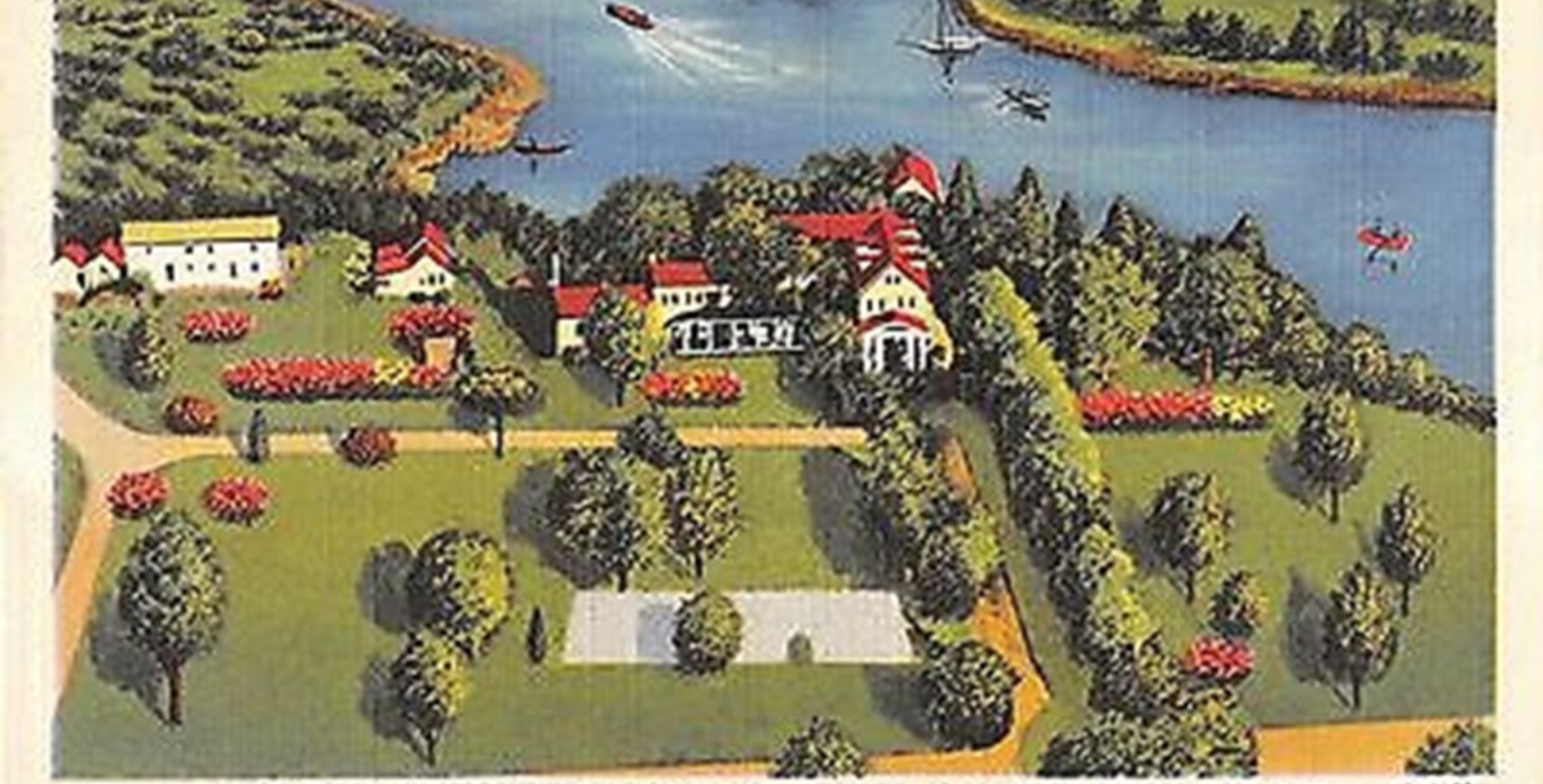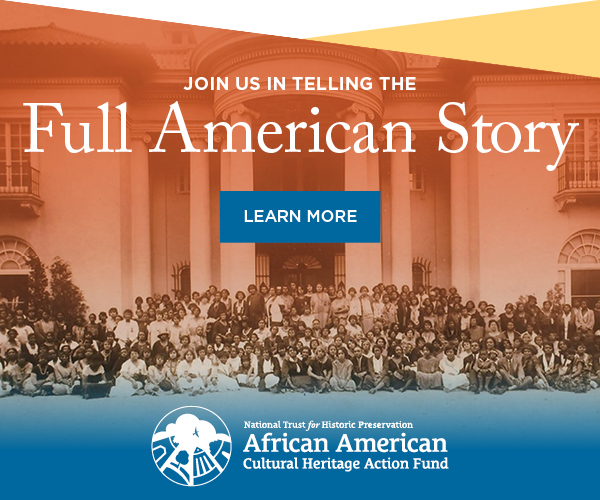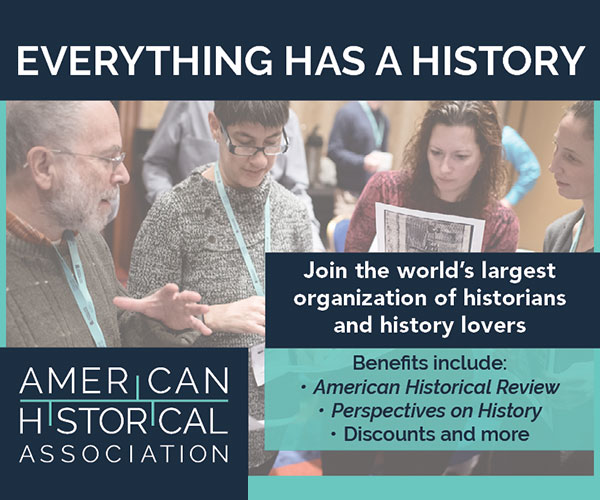Receive for Free - Discover & Explore eNewsletter monthly with advance notice of special offers, packages, and insider savings from 10% - 30% off Best Available Rates at selected hotels.
history
Discover The Oaks Waterfront Hotel, which was once the center of a massive estate known as the “Oak Hill Farm.”
The Oaks Waterfront Hotel, a member of Historic Hotels of America since 2024, dates to the early 1800s.
VIEW TIMELINELocated right outside the quaint pastoral community of Easton, Maryland, the story of The Oaks Waterfront Hotel harkens back to the late 17th century. More specifically, the ground the hotel resides on was part of a massive land grant deeded to the influential, Maryland-based Benson family by Lord Baltimore around 1680. This vast domain included a wilderness expanse of approximately 740 acres that the Bensons gradually cleared for largescale horticulture. The estate subsequently functioned as one of the most prosperous farms in the region for the next several generations, coming to give the Benson family access to considerable wealth and prestige. A sprawling complex of rustic buildings soon spread across the farm in turn, including barns, warehouses, and even a couple guest cottages. The finest structure to debut was a gorgeous, three-story manor that the Bensons began living inside during the late 19th century. Designed with an outstanding array of Neoclassical motifs, this beautiful home quickly became a celebrated landmark throughout Easton and its surrounding environs. Nevertheless, the success of the homestead was not destined to last forever, with local agricultural prices dropping toward the end of the Gilded Age. The Bensons thus began subdividing portions of their once prominent estate, selling many parcels to interested investors over the following years.
Among the enterprising individuals to acquire a segment of the Benson land was the ambitious Fred Harper, who specifically bought a 42-acre lot for $5,900 in 1884. Renaming the site as "Oak Hall," Harper and his own family then diligently strove to revive the estate's sagging fortunes. Meanwhile, Easton had started to emerge as a popular tourist destination due to its tranquil ambiance and proximity to Chesapeake Bay's reclusive beaches. In fact, many affluent residents of neighboring Washington and Baltimore were taking regular steamboat rides across the bay in hopes of finding a nice, quiet hideaway for the weekend. Recognizing the potential those tourists posed, Fred Harper and his wife, Louise, soon began operating a portion of the manor as a boarding house that they called the "Pasadena Inn." The decision proved to be a wise one, for many guests found the destination to be incredibly alluring. Even a few Hollywood superstars came to find the inn's atmosphere appealing, such as Gary Cooper and Faye Wren, who both stayed on-site while filming The First Kiss nearby in 1928. As a result, the Harper family began transforming the entire estate into a premier retreat that provided a full array of contemporary hospitality services. But in 1971, the Harpers eventually decided to sell the popular hotel to the German-based Schwaben International, which remained committed to preserving its fascinating heritage.
In recent years, The Oaks has seen extensive renovations and upgrades that have further protected its terrific heritage. For instance, a major restoration recently overseen by new owners Scott and Tracy Wagner—together with their daughter, Quin Warner, and son-in-law Andy Warner—converted the hotel into a thriving family business venture. They invested $10 million to revitalize the original manor building and the other accompanying historic structures back to their former glory. Now known as "The Oaks Waterfront Hotel," the future of this fascinating historic site has never looked brighter. The hotel currently covers 10 acres of beautifully maintained grounds and a range of elegantly appointed rooms that include options with water views, private balconies, and soaking tubs. Furthermore, the neighboring cottages grant additional space and privacy, rendering them the perfect choice for guests seeking a more secluded experience. The accompanying setting has even made the facility a top spot for all kinds of extravagant events, like wedding ceremonies, corporate retreats, and private celebrations! Indeed, the Oaks Waterfront Hotel continues to combine luxury with a warm, comfortable atmosphere, making it a beloved destination for visitors from near and far.
-
About the Location +
Only a few minutes away from the majestic waters of Chesapeake Bay, the quaint pastoral community of Easton resides in Maryland's historic Easton Shore region. The town dates to the late 17th century, when a group of Quakers founded the Third Haven Friends Meeting House within the current town limits. Now one of the most historic religious frame structures still standing in the United States, the meeting house subsequently formed the nucleus of an agricultural village that would become Easton proper. The town's population grew steadily in turn, eventually earning an official charter from the Maryland colonial assembly in 1710. Then, two years later, those same administrators selected Easton to host a courthouse for the newly formed Talbot County. Its debut marked the beginning of Easton's development as a regional center for trade, serving as a waypoint between the major ports situated on both sides of the Chesapeake. Large plantations quickly emerged around Easton in consequence, whose owners—including families like the Goldsboroughs, Lloyds, and Hollydays—came to influence its daily life for generations. But as tensions between the Thirteen Colonies and Great Britain worsened, Easton's residents found themselves increasingly engrossed in the budding American independence movement. The Talbot County Courthouse emerged as a local bastion for political meetings about the future of the colonies throughout the 1760s and 1770s. Moving speeches held amid clandestine gatherings gradually galvanized support, with noted residents like Matthew Tilghman giving the most moving orations. (Tilghman would later serve as a delegate to the Continental Congress during the American Revolution.)
The patriotic fervor led to the formation of several militia units once war began in 1775. Easton became an important transportation center for the nascent Continental Army, sending countless men and material to support its various military campaigns. In the years following the American Revolution, Easton continued to evolve as a major commercial hub. More specifically, the town became known for its light manufacturing, producing goods such as power tools, distillation equipment, and highway flares in the 19th and 20th centuries. Easton has since continued to be one of Maryland's most prestigious communities, possessing a wonderful reputation for its picturesque streets, historic buildings, and vibrant cultural scene. However, efforts to preserve its cultural heritage have been successful as well, ensuring that the town’s rich history remains an integral part of its identity going forward. Modern commercial projects have been carefully balanced with preservation, allowing Easton to maintain its charm while adapting to contemporary needs. Among the best examples of this greater accomplishment is the enduring perseverance of the Easton Historic District, which the U.S. Department of the Interior first listed in the U.S. National Register of Historic Places in 1980. Numbering over 900 historical structures, the district highlights an extensive variety of authentic architectural styles like Greek Revival, Italianate, and Federal. From its early Quaker settlers to its role as a center of commerce, Easton has truly played a significant part in the region’s growth. Its well-preserved historic district and ongoing cultural events continue to celebrate the town's rich heritage, making Easton a fascinating place to explore.
-
About the Architecture +
The Oaks Waterfront Hotel today displays a brilliant blend of Classic Revival-style architecture. Also known as "Neoclassical," Classic Revival design aesthetics are among the most common architectural forms seen throughout the United States. This wonderful architectural style first became popularized at the World's Columbian Exposition, which was held in Chicago in 1893. Many of the exhibits displayed architectural motifs from ancient societies like Rome and Greece. As with the equally popular Colonial Revival style of the same period, Classical Revival architect found an audience for its more formal nature. It specifically relied on stylistic design elements that incorporated such structural components like the symmetrical placement of doors and windows, as well as a front porch crowned with a classical pediment. Architects would install a rounded front portico that possessed a balustraded flat roof. Pilasters and other sculptured ornamentations proliferated throughout the façade of the building, as well. The most striking feature of Classical Revival-style architecture were its massive columns that displayed some combination of Corinthian, Doric, or Ionic capitals. With its Greco-Roman temple-like form, Classical Revival-style architecture was considered most appropriate for municipal buildings, including courthouses, libraries, and schools. But the aesthetic found its way into more commercial uses over time, such as banks, department stores, and of course, hotels.
-
Famous Historic Guests +
Faye Wray, actress best remembered for her starring role as Anne Darrow in the original King Kong film.
Gary Cooper, actor known for such roles in films like High Noon, Sergeant York, and For Whom the Bell Tolls.


